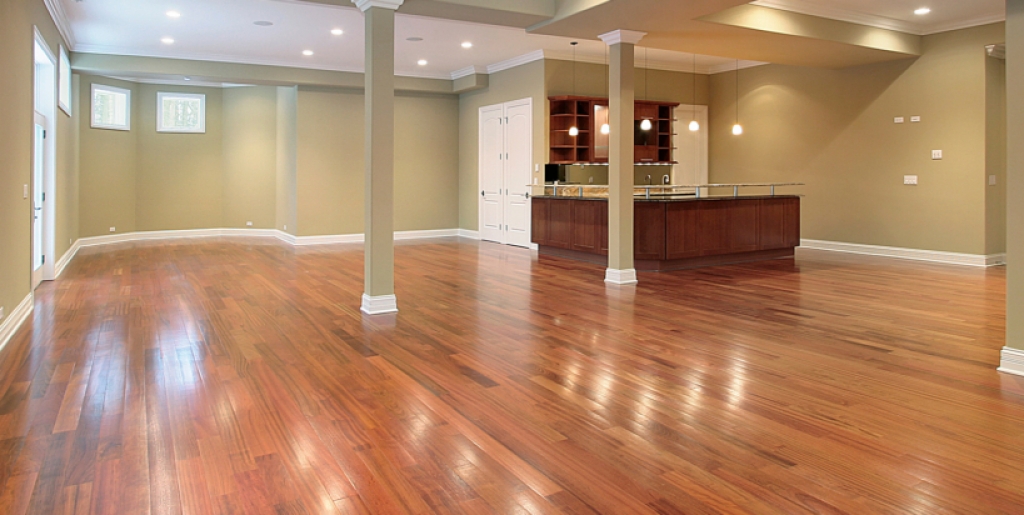Basement Waterproofing
If you’ve been a loyal reader of our blog here, you’ll remember the infamous flood insurance post. People really took away a lot of value from that puppy, mainly because having your house flooded sucks, unless you’re some sort of disaster freak and get off on cleaning up mud and shaking dirt and grime off old photos. If you’re like most of us however, those things do not interest you. Along the same lines, today we’re going to be talking basement waterproofing. What you might at first glance consider a boring topic, grab hold of your seats. This one will not disappoint, guaranteed.
Basement waterproofing requires some finely-honed skills and techniques which at the end of the day has one purpose – keeping water from penetrating the basement of the home. If the basement is below ground level (which most are), then the application of sealant materials is also needed, alongside the installation of sump pumps and drains. In most areas, ground water can build up in the soil, especially where there is a high-water table. When water gets into the soil like this, hydrostatic pressure is exerted beneath basement floors and walls. This results in water being forced through the cracks which is where the pricey damage occurs. Add on to this mold, decay and similar moisture problems, these things hit your pocketbook hard and fast.
The most common way to protect a basement is with interior sealants. In foundations with poured concrete, pipe penetrations and cracks are where most water entry points are found. Epoxies are strong adhesives as are urethanes which can help to seal said pipe penetrations and cracks. If you have a masonry foundation, interior sealers will not and cannot provide permanent protection from water infiltration. Take this into account as simply applying epoxies won’t result in 100% basement waterproofing for every type of basement.
Another common method for waterproofing is what is known as interior water drainage. Now, this is technically not waterproofing (what gave it away, the drainage part?), but it’s a widely accepted technique and recognized by the Building Officials and Code Administrators as being an effective method to control flooding. A French drain, patented drainage system or a PVC pipe is installed which facilitates water flow and effectively collects water that enters the basement and diverts it to a sump pump system.
Lastly, waterproofing doesn’t always need to come from the interior side. Exterior waterproofing, in conjunction with interior, begins with excavating to the sides (bottom to be exact) of the footings. The walls are then washed, dried, and sealed with a membrane, and new drainage tiles are placed together adjacent to the footing. Polymer-based waterproofing products have been developed as of late, which are excellent at preventing water intrusion as they can sometimes last for the life of the building.
An uncomfortable subject, we know, like talking about sex with your 15-year-old, but just take the plunge and get that basement waterproofed. Like the sex talk, nobody likes surprises in life!


Comments:
Login to leave a reply